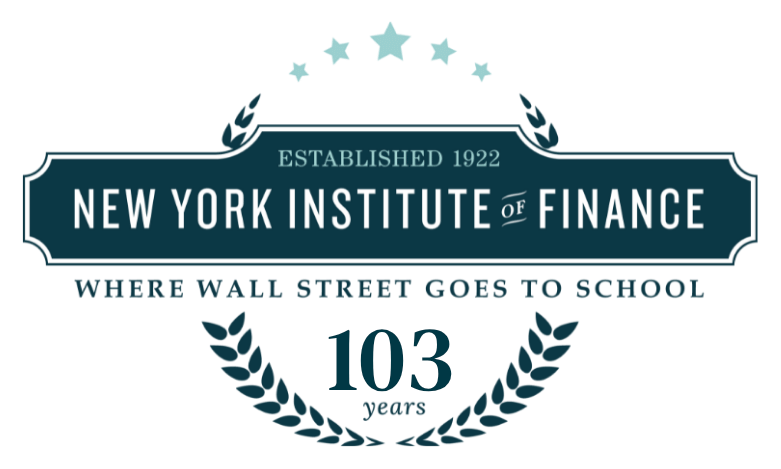Trading - Fundamentals of Technical Analysis
In this technical analysis course, you will learn how to apply technical analysis as a standalone trading methodology or as a supplement to fundamental analysis using tools that have been quantitatively tested - global scope with applications to equities, fixed income, commodities and foreign exchange markets.
CPE Credits: 14
Watch our taster video to learn more about the course:
Companion Course:
MODULE 1: INTRODUCTION: BACKGROUND AND BASICS
- Technical analysis as an integral part of market analysis
- History of technical analysis
MODULE 2: WHY TECHNICAL ANALYSIS WORKS
- Efficient Market Hypothesis (EMH), Capital Asset Pricing Model (CAPM) and Its Shortcomings
- Prospect Theory and Asset Pricing
- Behavioral Finance Heuristics
MODULE 3: CONSTRUCTING AND INTERPRETING CHARTS
- Chart types (line, bar, candlestick, point and figure, swing chart, Kagi, Renko, Ichimoku clouds)
- How charts relate to behavioral finance
- Important concepts (trend, support, resistance, volume, gaps)
MODULE 4: CHART PATTERNS
- Description of common patterns on bar charts
- Patterns on candlestick charts
- Quantitative testing results for patterns
MODULE 5: INTRODUCTION TO TECHNICAL INDICATORS
- Most popular indicators on Bloomberg
- Moving averages
- RSI indicator
- Stochastic
- Rate of change (RoC) indicator
- MACD
- Bollinger bands
MODULE 1: TESTING TECHNICAL INDICATORS
- Designing the test as a trading strategy
- Results for popular indicators
MODULE 2: OTHER INDICATORS
- Sentiment (CBOE volatility index (VIX), surveys, insider buying and selling)
- Breadth (advance decline, % stocks above a moving average)
MODULE 3: RELATIVE STRENGTH
- Comparative relative strength (momentum anomaly to the Efficient Market Hypothesis)
- Combining relative strength with fundamentals (value anomaly to the Efficient Market Hypothesis)
MODULE 4: TECHNICAL THEORIES
- Dow theory
- Cycle analysis
- Elliott wave theory
- Fibonacci sequence
- Intermarket analysis
